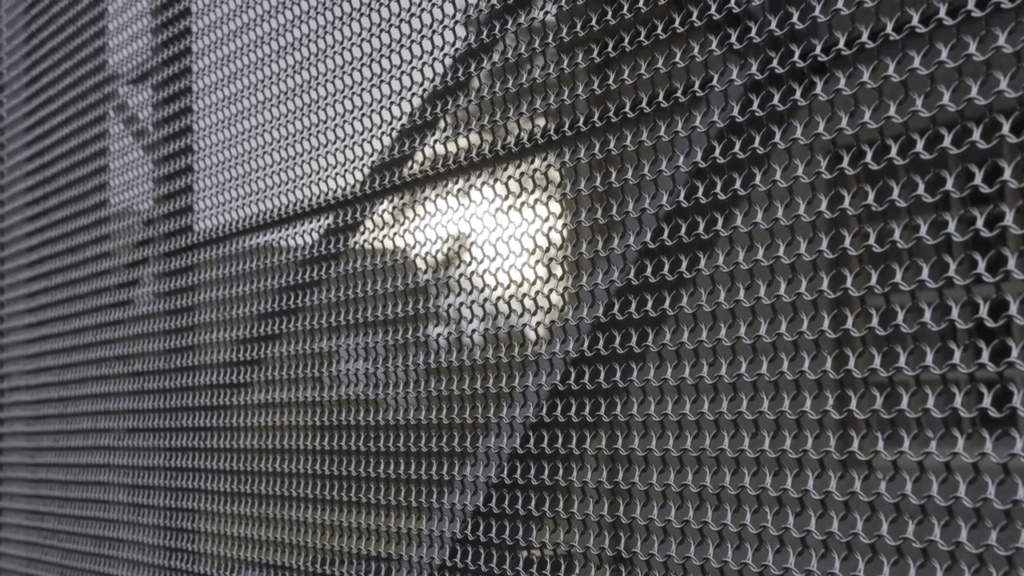Begun in 1238, Alhambra Palace in Grenada, Spain is a monument to Islamic architecture and clever engineering. Despite sitting far above the city, the Alhambra was fed by the river, diverted from upstream along a canal. Within the palace itself, this water was used for heated flooring, steam rooms, baths, and even a fountain that told the time. This Primal Space video breaks down how engineers pressurized the water lines, moved water into and around the palace, and how wonders like the palace’s fountains worked. As impressive as the engineering is, though, it’s worth remembering that the Alhambra’s engineers were not creating new technologies: multiple older civilizations also used aqueducts, water wheels, and siphons to similar effect. (Video and image credit: Primal Space)
Tag: architecture

Conserving the Hill House
In 1904, Scottish architect Charles Rennie Mackintosh created the Hill House, a masterpiece of modern design decades ahead of its time. Unfortunately, the Portland cement used for the house’s exterior has not held up well to a century of Scottish rains. As water saturated the cement, it began to dissolve and crumble. So to save the property, conservators commissioned the giant chainmail Box that currently surrounds the house. It protects the house from rain while allowing ventilation that dries the house out slowly. As an added bonus, the superstructure allows visitors to appreciate the house from new angles. (Video credit: T. Scott; via Colossal)






